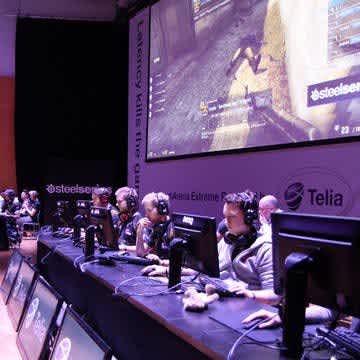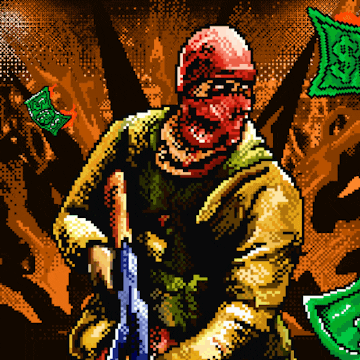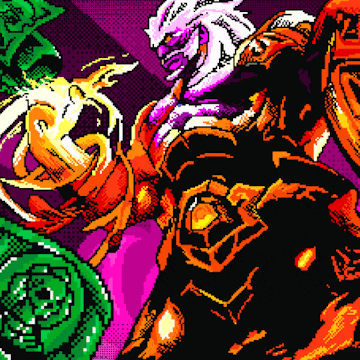Why VALORANT won’t end CS:GO
With the news now out that Rio is to be the last CS:GO Major before VALORANT officially takes over and s1mple, coldzera and the rest all migrate to that new game, there is already some nostalgia about the tournament which hasn’t even taken place yet. After all, it’s obvious the game is going to die based on the proclamations of influencers online, and never you mind the fact Riot’s currently successful esport isn’t even totally originally theirs, or that they’ve got zero experience in the FPS market to this point, nah, this is surely the end of Counter-Strike as we know it…
Rio, Riot and a glimpse of the future
Slight hyperbole aside, Rio is the first CS:GO Major we’ve seen in South America, a region that some seem think Counter-Strike still needs to ‘crack’. The sentiment might seem quite amusing for players like flusha, who long ago put his hand in his own pocket to help out FalleN and friends try and qualify for Katowice, and who now finds himself in Closed Qualifiers for the Rio Major, alongside a number of young teams looking to become the next Fnatic.
With this proof that time waits for no man, even Señor VAC himself, we can also see many signs of progress, from the movement of CS:GO into new areas like Brazil to Valve’s eventual evolution of the qualification process. It has taken Global Offensive many years to make this progress though, and it’s not just the scene that has developed, but the game as well, with changes made and changes coming to an esport that is already almost universally accepted as the best to watch.
That all has to be taken into consideration when assessing the threat from VALORANT. Many games have come and gone while CS:GO remained atop the tree, and even today the likes of Siege and Overwatch struggle to compete in a space where there is one true king. CS:GO expanding further into South America only really happens because it is already the dominant game in NA and EU, and not for a lack of competition.
The many pretenders
And don’t forget that competition comes from companies like Blizzard and Activision, not small indie developers. Riot may have done well with League of Legends, but that is no proof of their ability to sustain an esport at will, and competition is already cutthroat in the FPS market. Add to that the average fan for League of Legends is very different in terms of age, life experience etc. your current CS:GO audience, and it seems like there are a lot of bridges to cross before VALORANT is even a factor, let alone a threat to Counter-Strike.
The most immediate priority for Valve should still be evolution, with the Rio Major a good step in the right direction. There are a lot of risks involved in running the event in that part of the world, and Valve will need to be more vigilant and involved if they want to guarantee things go to plan, especially after all the issues StarLadder had with their event last year in Berlin. Truly, this is the time to focus on how Valve can make CS:GO better, rather than what might challenge it for top spot in the distant future.
Equally, the rise of the new ‘franchise’ leagues should mean teams are more encouraged to enter CS than was previously the case. The FLASHPOINT project has already attracted groups that are known to like a closed system, and that had previously avoided spending in the scene because of the open circuit and the risks associated with existing in such a competitive environment. That’s another of Riot’s unique service propositions down the drain.
It’s obvious why Riot want to position themselves as competition to CS:GO, a game so great even CoD and Siege pros say it’s the best FPS to watch, in the same way this writer would like to position himself as a contender for the affections of Jessica Alba. Things might change in the future, but the list of now-defunct so-called CS:GO killers is a long one, and Global Offensive is going from strength to strength. Meanwhile, Riot are still buying tweets from influencers to get people interested in their project.
Read more
Which are the most expensive League of Legends skins?







